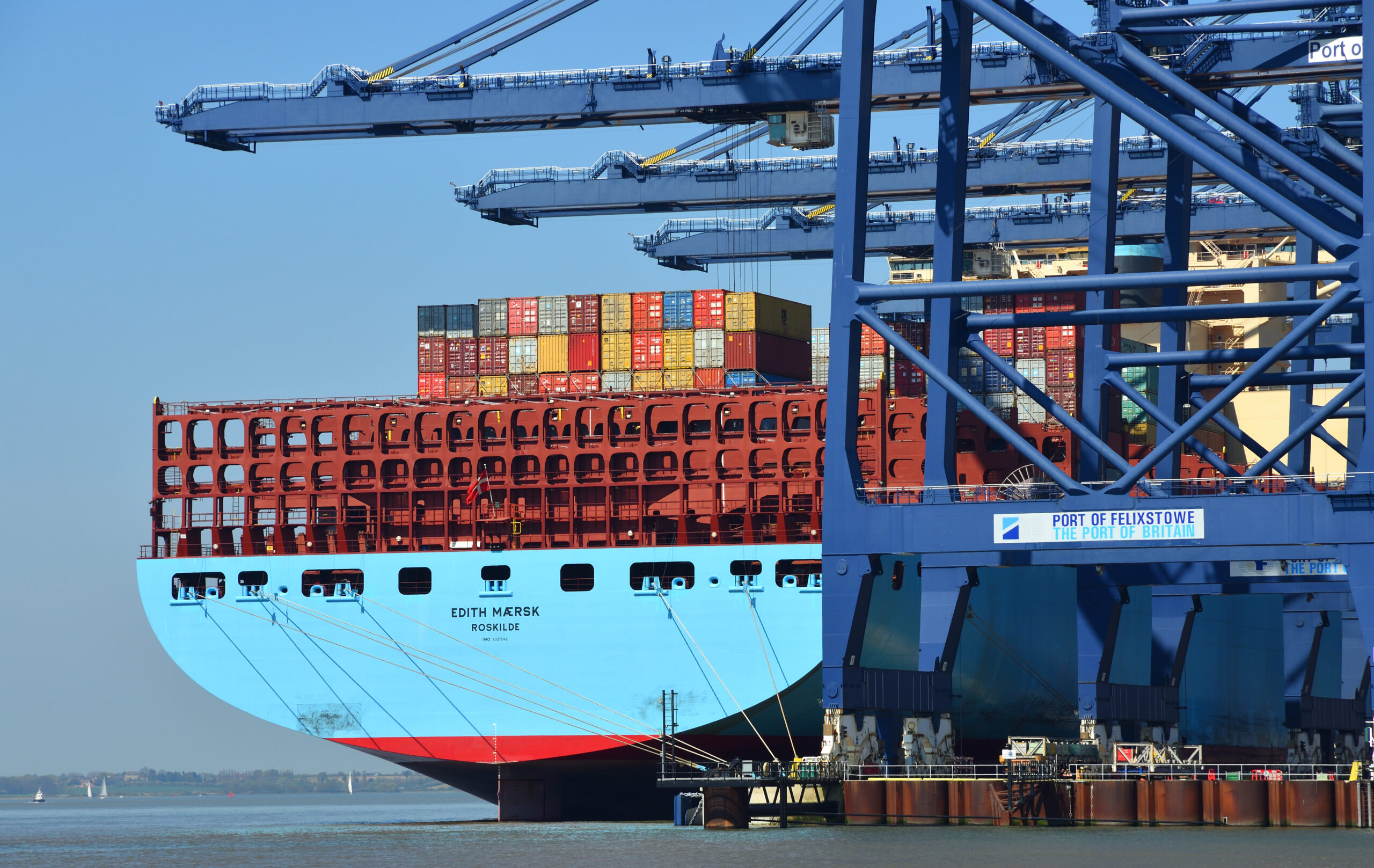A joint study published today by the Global Centre for Maritime Decarbonisation (GCMD) and Boston Consulting Group (BCG) has identified the transformative role of CO2 shipping in enabling carbon capture, utilisation and storage (CCUS) across the Asia-Pacific (APAC) region.
In today’s report, researchers at GCMD have found that APAC’s unique geographical challenges and increasing need for large-scale decarbonisation has positioned shipping as the critical facilitator of the cross-border CCUS value chain. This is in part a consequence of the vast distances and oceans that lie between emitters and sequestration sites in the region, as well as the economic advantages that shipping CO2 offers over pipelines.
The authors of the report note that several APAC governments, including Australia, Indonesia, Japan and Malaysia, Singapore and South Korea, are pursuing partnerships and initiatives to support cross-border CO2 transportation and sequestration.
CO2 shipping will play an increasingly significant role in efficiently and economically connecting emitters with utilisation sites, or sequestration sinks, as part of a regionwide CCUS network. For countries with limited viable greenhouse gas (GHG) abatement options for energy intensive sectors, CCUS is a potential pathway towards achieving net zero. In order to achieve this, however, cross-border transportation of CO2 will require an effective regulatory framework to account for abated emissions properly.
The report estimates that by 2050 approximately 100 million tonnes per annum (MtPA) of captured CO2 is expected to be transported across national borders in APAC, with 85 to 100 vessels (i.e. 50 kt LCO2 carriers) required to support the scale of this activity. Total investments needed for these vessels could be as much as USD$10-25 billion.
To stimulate investment in cross-border CCUS projects, companies require clarity on technical considerations. For example, CO2 pressure, temperature and purity specifications have significant cost, operational and safety implications. The study found that shipping becomes economically advantageous compared with pipeline transport of the same amount of CO2 at longer distances. A threshold distance of 500km was identified as economically viable for transporting 5 million tonnes per year of CO2 by ship.
The investments required to support CCUS development in APAC are vast and include shipbuilding, port and terminal infrastructure development. The end-to-end levelized costs of cross-border CO2 value chain via shipping (from capture to sequestration) range from USD 141-174 per ton of CO2 (tCO2 ) for intra-Southeast Asia (SEA) routes to USD 167-287/tCO2 for routes between Japan and Australia.
The report notes, however, that poor CCUS project economics and nascent regulations pose challenges to advancing CCUS at scale. At present, the gap between available carbon pricing in APAC and the costs of cross-border CCUS is approximately 10x. This presents a major obstacle in the development of CCUS across the region, as does the requirements for governments and industry stakeholders to coordinate closely in order to develop a robust cross-border CCUS framework for the region.
In their conclusions, the authors state that for cross-border transport of captured CO2 to be activated, governments will need to work together with the private sector to develop economic incentives, clarify domestic regulations and standards and establish comprehensive cross-border arrangements between governments.
Commenting on the report’s findings, Professor Lynn Loo, GCMD CEO said: “Our study shows that APAC has the potential to lead in CO2 shipping. In APAC, emitters and sinks are often separated by large bodies of water over vast distances, unlike Northern Europe where CCUS facilities are more geographically concentrated. This makes shipping a more attractive mode of CO2 transport in APAC, underscoring the importance of building up a shipping ecosystem. This effort entails constructing CO2 carriers, developing port-side infrastructure, establishing standards and guidelines for transporting and offloading CO2, and upskilling crew with requisite training.”
Source: GCMD



